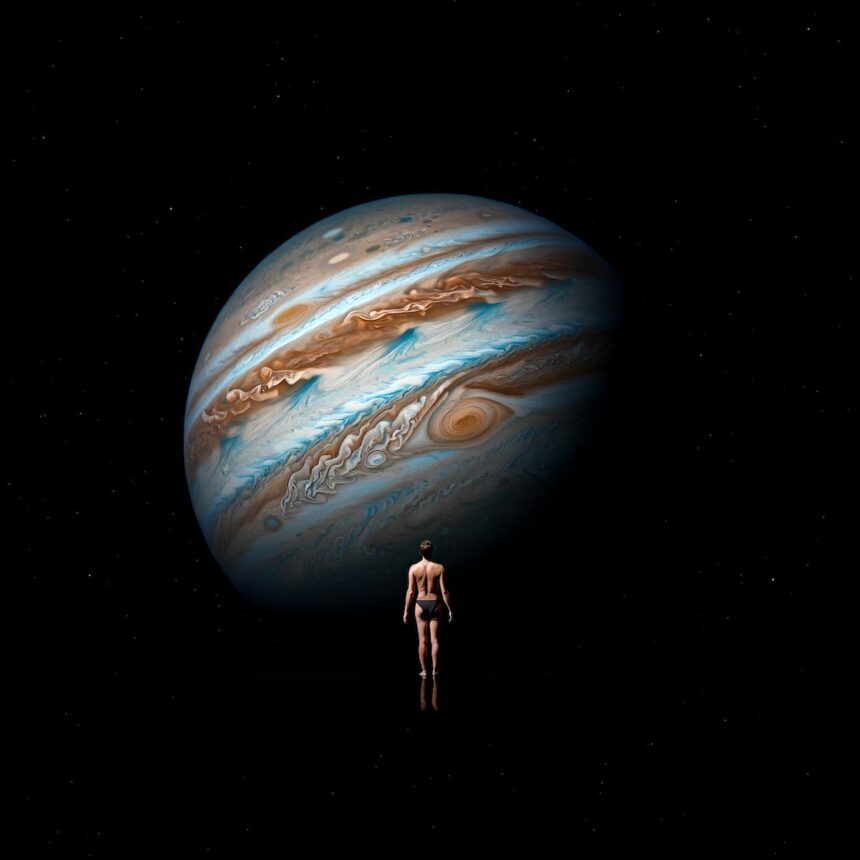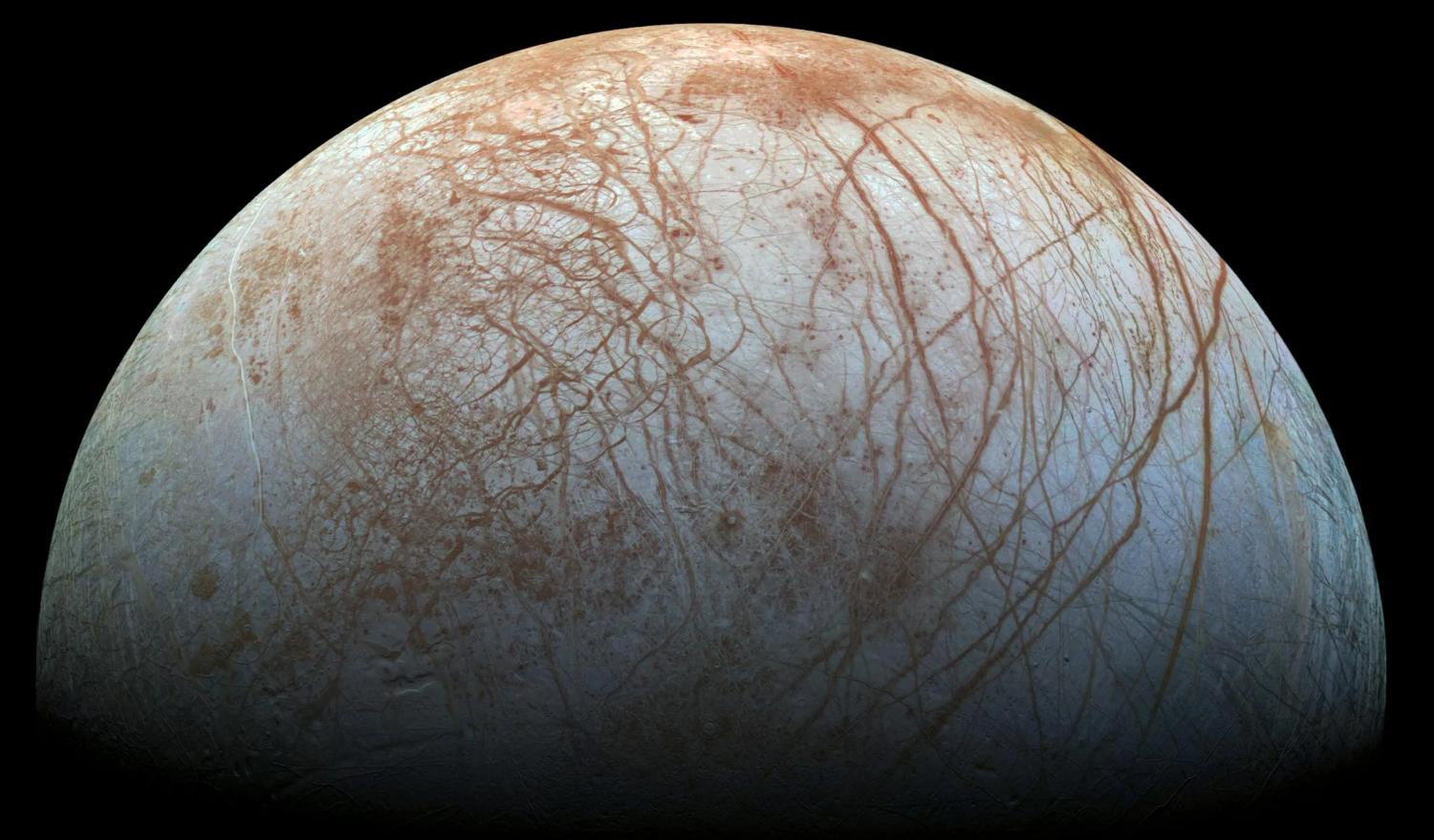Elon Musk has indeed sent the first astronauts to the ISS and is soon threatening to conquer Mars with the Starship, which is currently under construction. It is quite possible that the first flight to the Red Planet will happen within the next few years.
However, colonizing other celestial bodies, as Elon dreams, will not be easy since conditions on them are, to put it mildly, not very comfortable. Astrophysicist Neil deGrasse Tyson spoke in detail about how long a person could survive on various planets or even stars in an interview with Business Insider.
Sun

Obviously, the Sun would incinerate you instantly, as its surface temperature is 5,499°C (9930°F). Technically, the Sun doesn’t have a solid surface—this term refers to the area between its core and its corona. You would simply evaporate without a trace.
However, “instantly” is a relative term. Physicist Randall Munroe, a former NASA employee, believes that if you were teleported to the Sun for just one nanosecond (one-billionth of a second) and then returned, you would survive. Your skin would receive about five orders of magnitude less heat than a one-second touch of a butane burner, meaning you wouldn’t even notice.
But if you were teleported closer to the core, where temperatures reach 14,999,727°C (26,999,540°F), you would evaporate in one femtosecond (one millionth of a nanosecond, or one quadrillionth of a second).
Average lifespan: 10⁻¹⁵ seconds.
Mercury
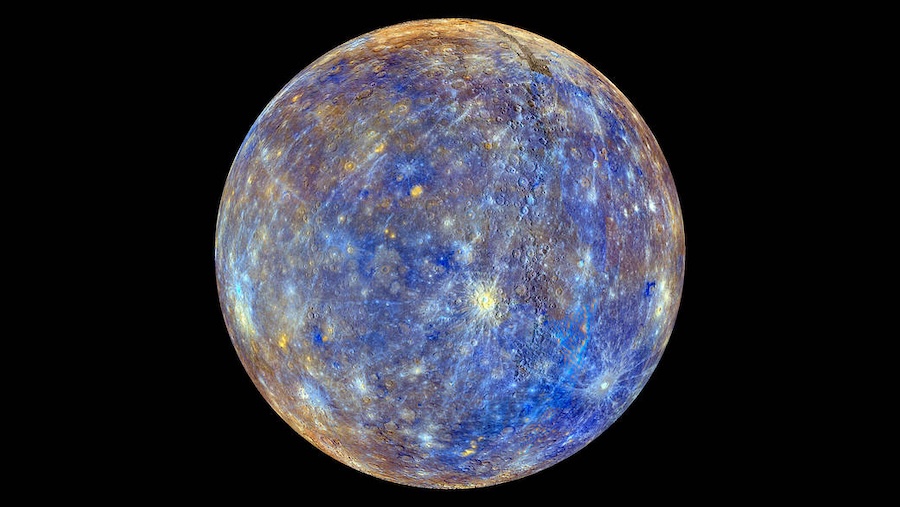
A day on Mercury lasts 59 Earth days, and its year lasts 88 Earth days. The planet has virtually no atmosphere, so the sky is always black, and the Sun appears two and a half times larger than it does from Earth. It also moves strangely across the sky. The daytime side of Mercury heats up to +427°C (806°F), while the night side cools down to −180°C (-292°F).
However, if you were to stand somewhere on the border between day and night (the so-called terminator), you could survive—as long as you could do without oxygen.
The surface of Mercury is almost a vacuum, so if there is still air in your lungs, they would likely burst, your body would start to swell, and your blood would begin to boil. In about 10-15 seconds, you would lose consciousness due to lack of oxygen, and after 1-2 minutes, you would die from simple hypoxia.
Average lifespan: 2 minutes.
Venus
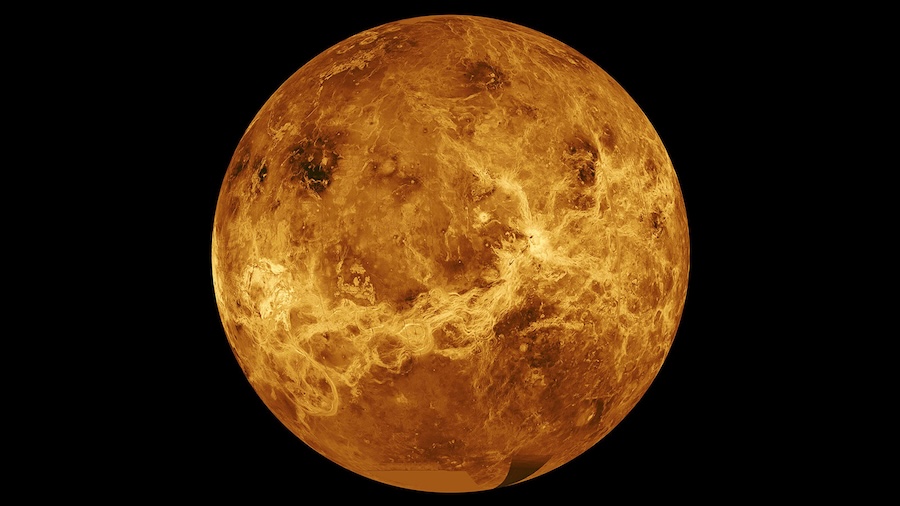
Venus has almost the same gravity as Earth, but its atmosphere is much denser, composed mostly of carbon dioxide. The air is so thick that it would be difficult to move—like being 914 meters (3,000 feet) underwater in the Pacific Ocean. A day on Venus lasts 116 Earth days, but the atmosphere is so thick that it’s very dark on the surface.
The greenhouse effect heats the planet up to 465°C (869°F), causing constant sulfuric acid rain, which turns into sulfuric acid fog near the surface.
Thus, if you were to land on Venus, you would immediately be crushed by the atmosphere and burned by the heat and sulfuric acid.
Average lifespan: less than 1 second.
Earth

Mostly harmless.
Lifespan: from several seconds or minutes (if you find yourself near aggressive predators, hostile humans, over the ocean, inside a volcano crater, or at high altitudes with thin air) to 122 years (the official longevity record set by Frenchwoman Jeanne Calment).
Mars
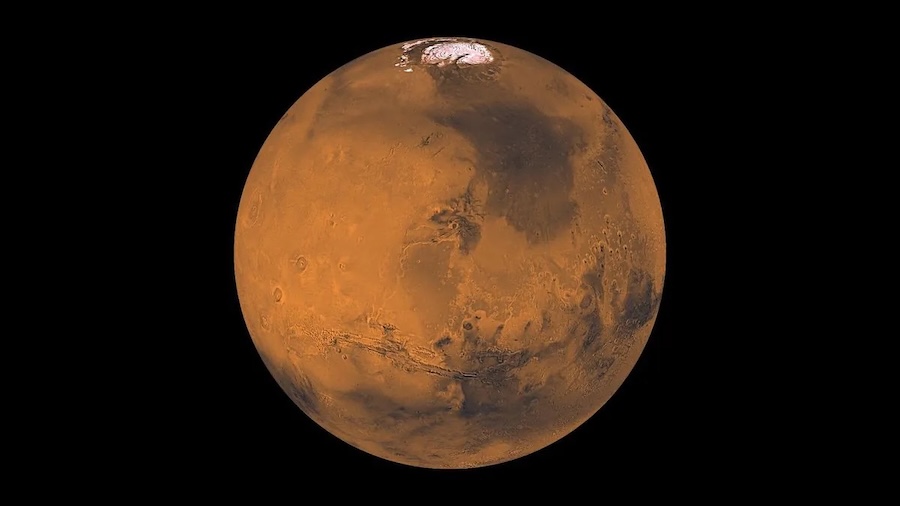
Mars is quite cold, ranging from −60 to +20°C, but it also has a very thin atmosphere composed mainly of carbon dioxide, with some nitrogen and argon. The low temperatures will not feel as extreme as they would on Earth. However, there’s nothing to breathe.
You would survive on Mars as long as you could hold your breath. If you brought an oxygen tank, you’d then be killed by the low atmospheric pressure (within a few minutes), the cold (in a few hours), Martian dust damaging your lungs (within a few weeks), or radiation (within a few months).
Average lifespan: 2 minutes.
Jupiter
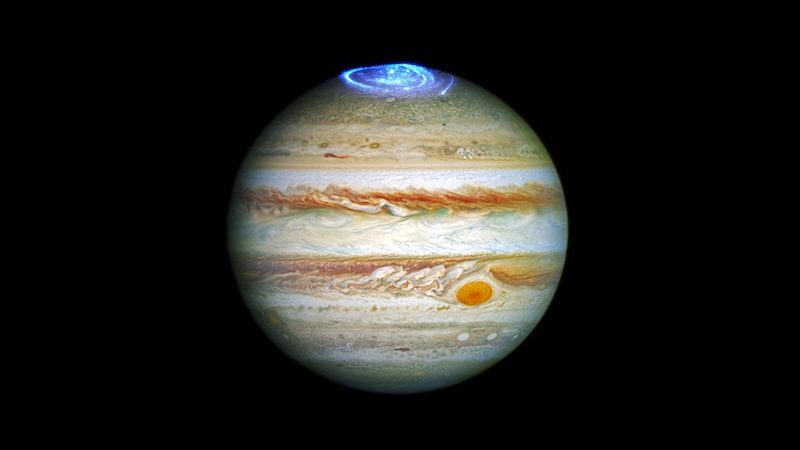
Jupiter is a gas giant, meaning it has no solid surface to land on. If you were to fall into it from a great height, you would likely be killed by intense radiation long before reaching the atmosphere.
If you somehow survived this and reached the upper layers of the atmosphere, you would plummet through them at 180,000 km/h (due to Jupiter’s stronger gravity, you would fall faster). At around 250 kilometers in altitude, you would encounter ammonia clouds and experience temperatures of −150°C and strong winds—hurricanes in Jupiter’s hydrogen atmosphere reach speeds of 482 km/h. At this point, the pressure would already be enough to kill you.
If you managed to survive this, after 12 hours of continuous falling, you would reach the lower layers of the atmosphere, where total darkness reigns, the pressure is 2,000,000 times greater than on Earth, and temperatures are higher than on the surface of the Sun. Nothing could save you there.
Average lifespan: less than 1 second.
Saturn

Everything said about Jupiter also applies to the other gas giants. Saturn is no exception—if you fell into its atmosphere, you would be crushed by enormous pressure and destroyed by high temperatures.
Average lifespan: less than 1 second.
Uranus

Another gas giant. Pressure, temperature, and radiation are guaranteed.
Average lifespan: less than 1 second.
Neptune

Although Neptune is called an ice giant, deep within its hydrogen-methane atmosphere, temperatures reach 476.85°C (890°F). The pressure is also extremely high. So, on this planet, the same fate awaits you as on Jupiter.
Average lifespan: less than 1 second.


